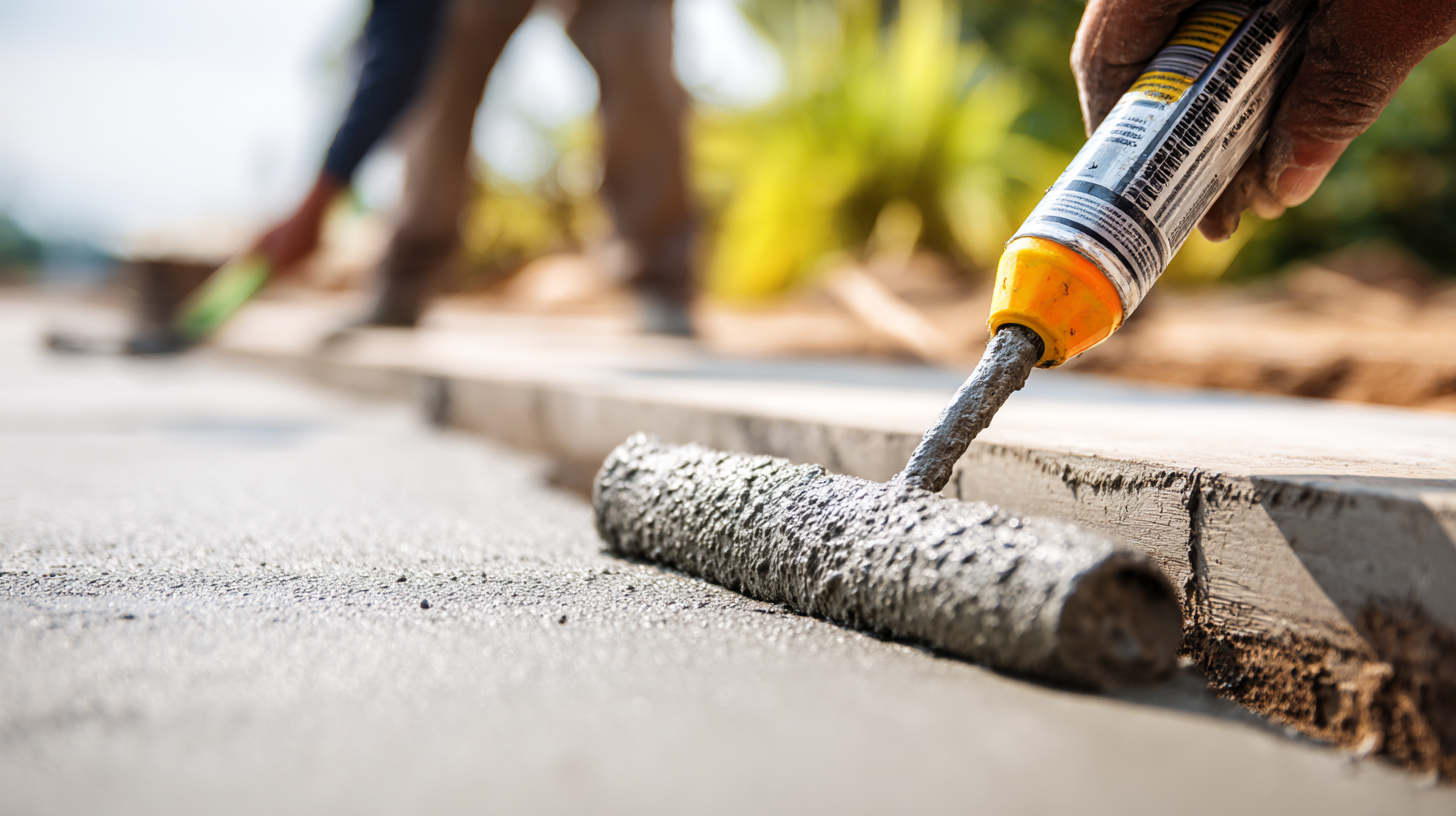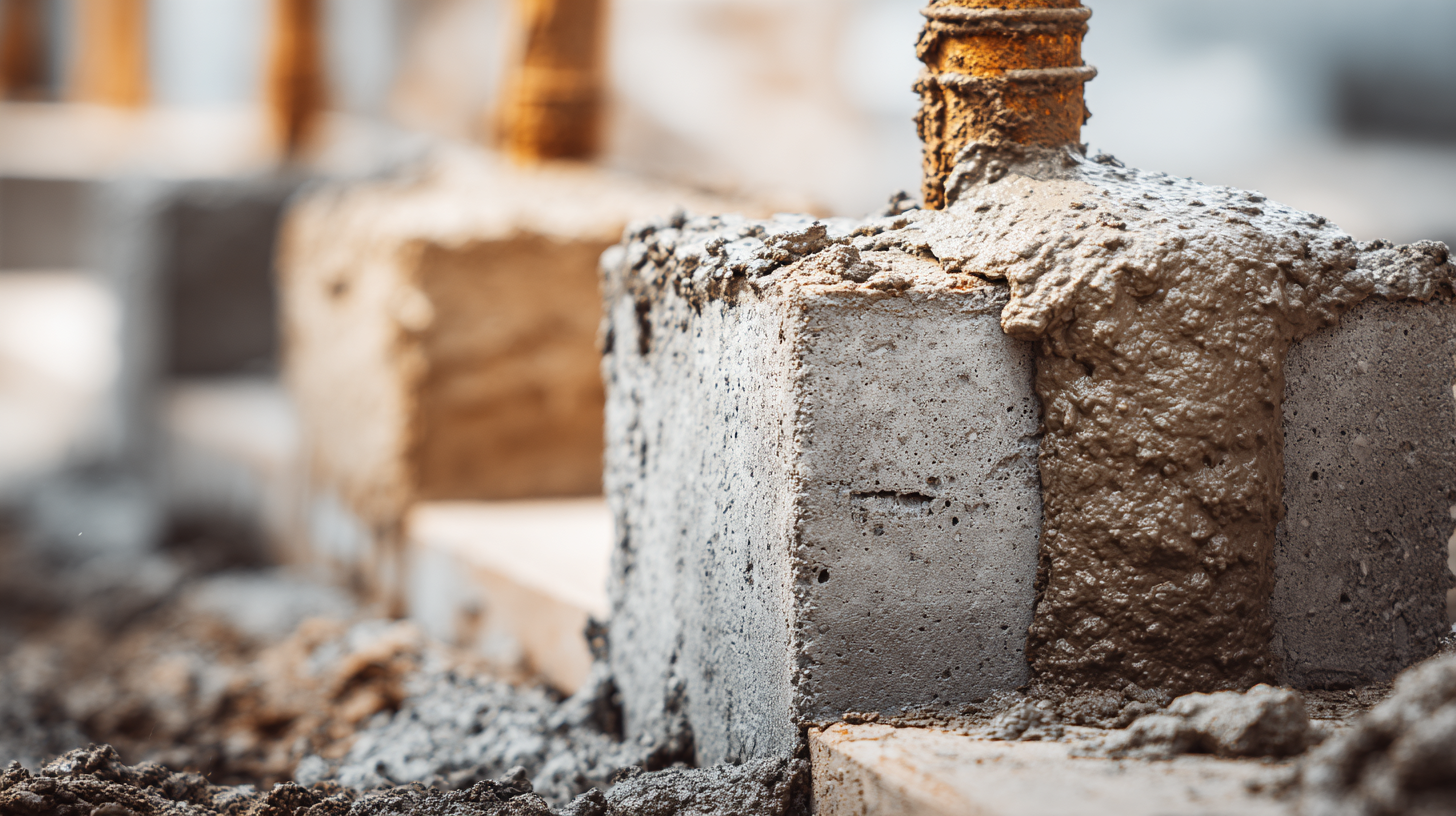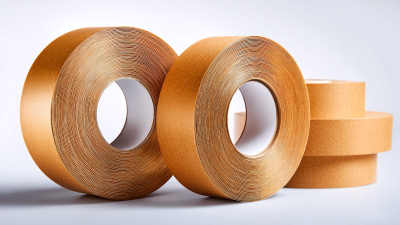Inquiry
Form loading...
In the realm of outdoor construction, selecting the appropriate outdoor construction adhesive is crucial for ensuring durability and performance. According to a recent report by the Adhesive and Sealant Council, the global market for adhesives is projected to reach over $70 billion by 2026, with outdoor applications accounting for a significant portion of this growth. With various types of adhesives available, including polyurethane, silicone, and epoxy, it's essential for professionals and DIY enthusiasts alike to understand the specific requirements for their projects. Factors like environmental exposure, bonding surfaces, and intended load-bearing capacity can significantly impact the effectiveness of an adhesive. This guide aims to simplify the decision-making process by providing comprehensive insights into choosing the right outdoor construction adhesive, ultimately maximizing the longevity and success of your outdoor projects.

When embarking on outdoor projects, selecting the right construction adhesive is essential for durability and performance. There are several types of adhesives specifically designed for outdoor use, each tailored to various materials and environmental conditions. For example, polyurethane adhesives are highly effective for bonding wood and other porous materials, providing excellent water resistance. If your project involves concrete or masonry, consider using a construction adhesive formulated explicitly for those surfaces, as they often feature enhanced bonding properties that withstand harsh weather conditions.
**Tips**: Always check the manufacturer's specifications for temperature and moisture resistance levels. This will ensure that the adhesive will hold up against the elements. When applying the adhesive, make sure the surfaces are clean and dry for optimal adhesion. Additionally, consider using caulking gunners or applicators for precision application, particularly in hard-to-reach areas.
Another popular option for outdoor use is silicone-based adhesives, which offer exceptional flexibility and waterproofing capabilities. This makes them ideal for projects that may experience significant movement or expansion and contraction due to changes in weather. Remember to verify that the adhesive is suitable for outdoor use, as indoor adhesives may not withstand UV exposure or moisture effectively.
**Tips**: Conduct a small test application on a sample piece to ensure compatibility before committing to your entire project. Furthermore, always allow adequate curing time, as this can greatly impact the strength of the bond.
| Type of Construction Adhesive | Best Uses | Weather Resistance | Drying Time | Temperature Range |
|---|---|---|---|---|
| Polyurethane Adhesive | Wood, Concrete, Masonry | Excellent | 24 hours | -25°F to 120°F |
| Silicone Adhesive | Glass, Metal, Plastic | Good | 24 hours | -60°F to 300°F |
| Epoxy Adhesive | Metal, Wood, Ceramics | Excellent | 24 to 48 hours | -40°F to 200°F |
| Acrylic Adhesive | Wood, Plastic, Metal | Moderate | 30 minutes | -20°F to 120°F |
| Construction Grade Adhesive | Flooring, Trim, Paneling | Good | 2 to 4 hours | 32°F to 100°F |
When selecting the right construction adhesive for outdoor projects, several key factors come into play that can significantly influence the effectiveness and durability of your work. First and foremost, consider the environmental conditions the adhesive will be exposed to, such as temperature, moisture levels, and UV exposure. Opt for adhesives specifically formulated to withstand these factors, as standard adhesives may break down or lose their bond over time under harsh conditions.
Another crucial factor is the materials you plan to bond. Different adhesives are designed for specific substrates, whether it be wood, metal, concrete, or plastic. It's essential to choose an adhesive that is compatible with the materials in your project to ensure maximum adhesion and longevity. Finally, taking into account the cure time and application method is vital for a successful outcome. Some adhesives cure quickly and can be used for fast-paced projects, while others may require more time to set. Understanding these considerations will empower you to select the best adhesive tailored to your outdoor project's unique requirements.

When tackling outdoor projects, selecting the right construction adhesive is crucial for ensuring long-lasting results. Popular options include polyurethane, epoxy, and silicone adhesive, each with its own set of advantages and disadvantages. Polyurethane adhesives are known for their exceptional bond strength and versatility, making them ideal for a variety of materials, including wood, metal, and concrete. However, they require careful application and can be messy if not handled properly.
Epoxy adhesives offer outstanding durability and resistance to water, making them perfect for outdoor conditions. Their two-part formulation results in a strong bond that can withstand harsh weather. Nevertheless, they can be more expensive and have longer curing times than other adhesives. Silicone adhesives, while flexible and resistant to UV rays, may not provide the same bond strength as polyurethane or epoxy. They are perfect for areas that require movement and flexibility but may not hold up as effectively in heavy-load applications. Understanding these pros and cons will enable you to make an informed decision for your specific outdoor construction needs.

When embarking on outdoor projects, selecting the right construction adhesive is crucial, but proper application techniques significantly enhance adhesive performance. According to a report from the Adhesive and Sealant Council, nearly 30% of adhesive failures in outdoor applications can be attributed to inadequate surface preparation. Ensuring that surfaces are clean, dry, and free of contaminants like dust, grease, or moisture can vastly improve bonding strength.
Additionally, applying adhesives at the optimal temperature, typically between 50°F and 90°F, is essential. A study by the American Institute of Architects indicates that temperature variations can cause adhesive viscosity to change, affecting flow and cure time. For instance, if adhesives are applied too cold, they may not bond effectively, leading to permanent failures. Utilizing techniques such as proper bead placement and consistent pressure during application can further enhance the bond. These practices not only promote durability but also ensure that outdoor projects withstand the elements over time.
When embarking on outdoor projects, selecting the right construction adhesive is crucial, yet many common mistakes can hinder your success. One of the most frequent errors is choosing an adhesive that is not specifically designed for outdoor use. Many adhesives are formulated for indoor environments and may not withstand varying weather conditions. Always check for labels that indicate UV resistance and moisture tolerance to ensure longevity and effectiveness.
Another common pitfall is applying too much adhesive or using it inadequately. Some may believe that a thicker layer guarantees stronger adhesion, but this can often lead to failure. It's essential to follow manufacturer guidelines regarding application techniques and amounts. Additionally, not preparing surfaces properly can compromise the bond. Surfaces should be clean, dry, and free of contaminants to ensure optimal adhesion. By avoiding these mistakes, you can significantly enhance the durability and reliability of your outdoor projects.






